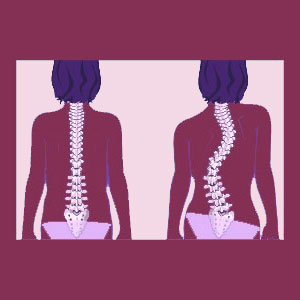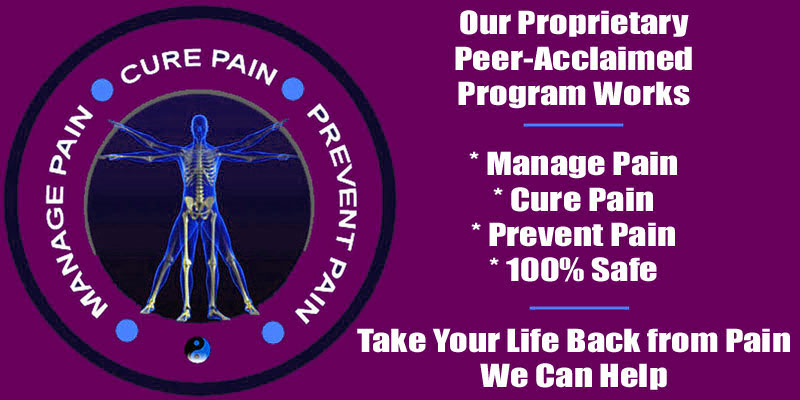
Genetic scoliosis links are obvious, since many cases run in family lines even when the exact genes involved might be difficult to identify. Scientists are working on ways of preventing scoliosis by altering the human gene code, but this technology is not yet available. However, since this same innovation will be used to prevent and treat a staggering array of problematic health issues, we are confident that the therapy will become reality in the near future of our species.
Genetics play major roles in our lives and greatly influence our health. However, doctors also know that our lifestyle and other factors are also important contributors to health and disease, so gene therapy is not the answer of for all varieties of scoliosis. That being said, if the genes that cause and contribute to scoliosis can be identified, changed or eliminated, then the future could be much better for coming generations of our children and grandchildren.
This essay explores the relationship between genetics and scoliosis. We will examine the hereditary link between members of the same family line who pass scoliosis down from generation to generation. We will also detail scenarios where scoliosis might be unrelated to genetic coding.
Genetic Scoliosis Facts
Scoliosis does not necessarily run in the family, but many cases certainly seem follow this hereditary pattern. Idiopathic adolescent scoliosis, congenital scoliosis, infantile and juvenile scoliosis all show genetic markers and might be passed from one generation to the next. Meanwhile, many of the factors that help facilitate developed adult scoliosis are also hereditary in nature.
Scoliosis, or any of the conditions that encourage it (spina bifida, porous bones, syringomyelia and other issues), can be linked to the human gene code. Some genes might pass from one generation to the next, while others might only show themselves occasionally in certain generations or under particular circumstances. Some scoliosis-related genes seem to be passed down through the female side of the family more often than the male, which might help explain why all types of scoliosis are far more common in women.
Since aspects of most forms of scoliosis are not apparent from birth, but become obvious as the child grows, it is difficult to isolate all the genetic markers that might be involved in scoliosis formation. This challenge is one of the greatest obstacles currently facing doctors who are working in research medicine on identifying gene codes for various health conditions and structural abnormalities.
Hereditary Scoliosis Exceptions
Not all scoliosis is linked to obvious genetic markers, although scientists can not often rule out obscure relationships to the gene code, either. There are cases of idiopathic scoliosis that might occur without any family history of scoliotic curvature dating back many, many generations. There are also cases of infantile and juvenile scoliosis that can not be traced to any hereditary history whatsoever.
Some scoliosis can be caused by maternal lifestyle factors during pregnancy, such as substance abuse, disease, trauma or other issues. Other cases might be collateral results of injury or changes in spinal anatomy due to injury. Of course many cases of adult scoliosis are caused by age-related circumstances and might not be related to gene code concerns. However, the tendency for the spine to degenerate in particular ways is surely related in the gene code from generation to generation.
Genetic Scoliosis Therapies
If and when medical researchers are able to positive identify particular aspects of human gene code that is contributory to the development of scoliosis, the hope is that some therapy can be created to alter this coding in order to prevent spinal curvature from being passed forward in the hereditary line. This type of treatment would not only serve to stop future generations from being susceptible to scoliosis, but would also prevent the current generation from developing the condition, as well.
If this step can be performed, scientists would logically take the next step to implement gene therapies that might be able to reverse existing cases of scoliosis or at least make them easier to treat with current medical technologies.
All this being said, altering the human gene code is a risky proposition and the practice of genetic modification is currently highly regulated in most parts of the world. After all, we are not sure exactly what consequences will exist once we break open the DNA strand and change pieces of it to suit our wants and needs. However, with the current trend in research medicine looking forward to imminent advances in gene identification and genetic therapies, it seems that humans might just become engineers of our own species in the conceivable future.





